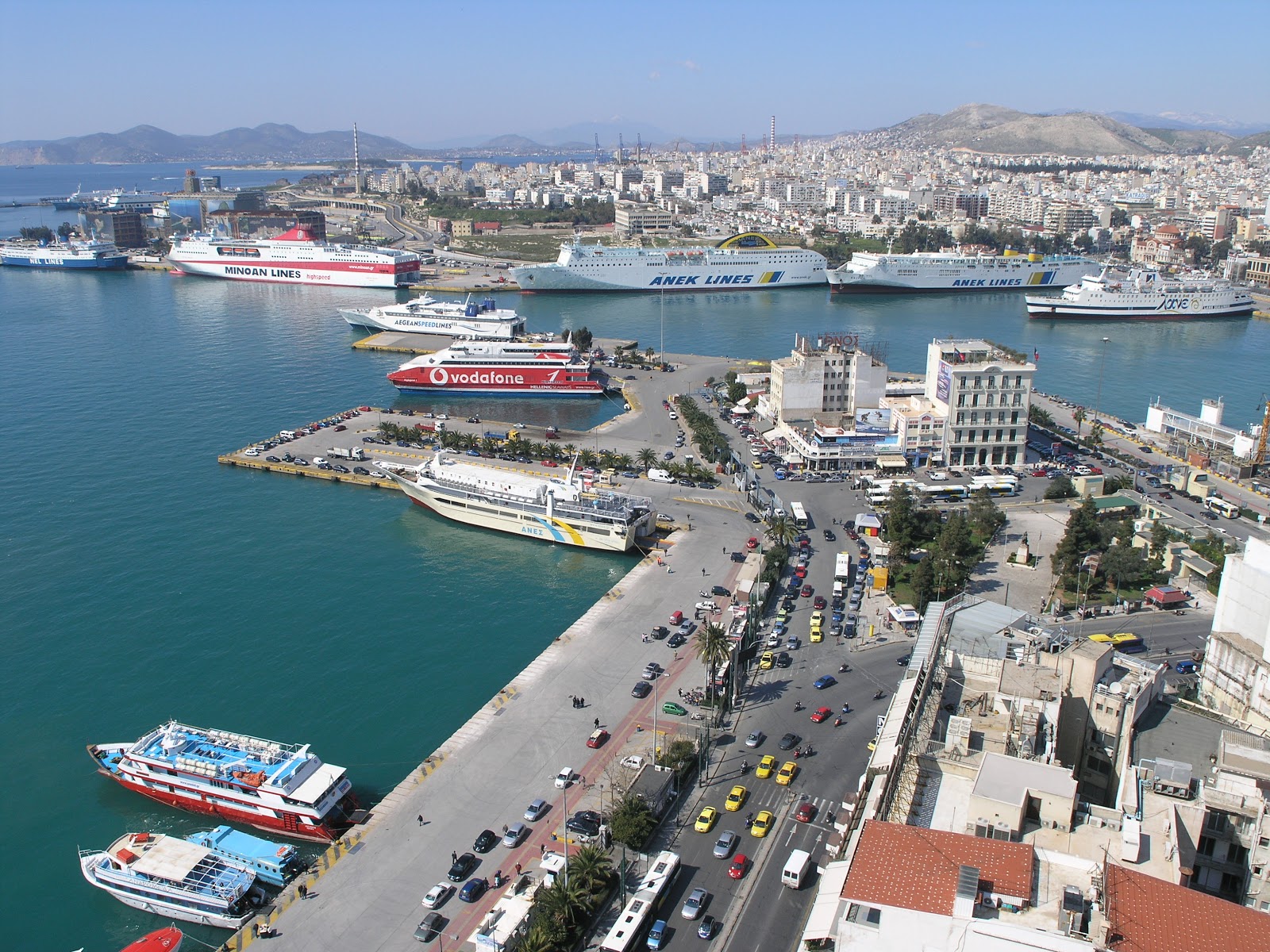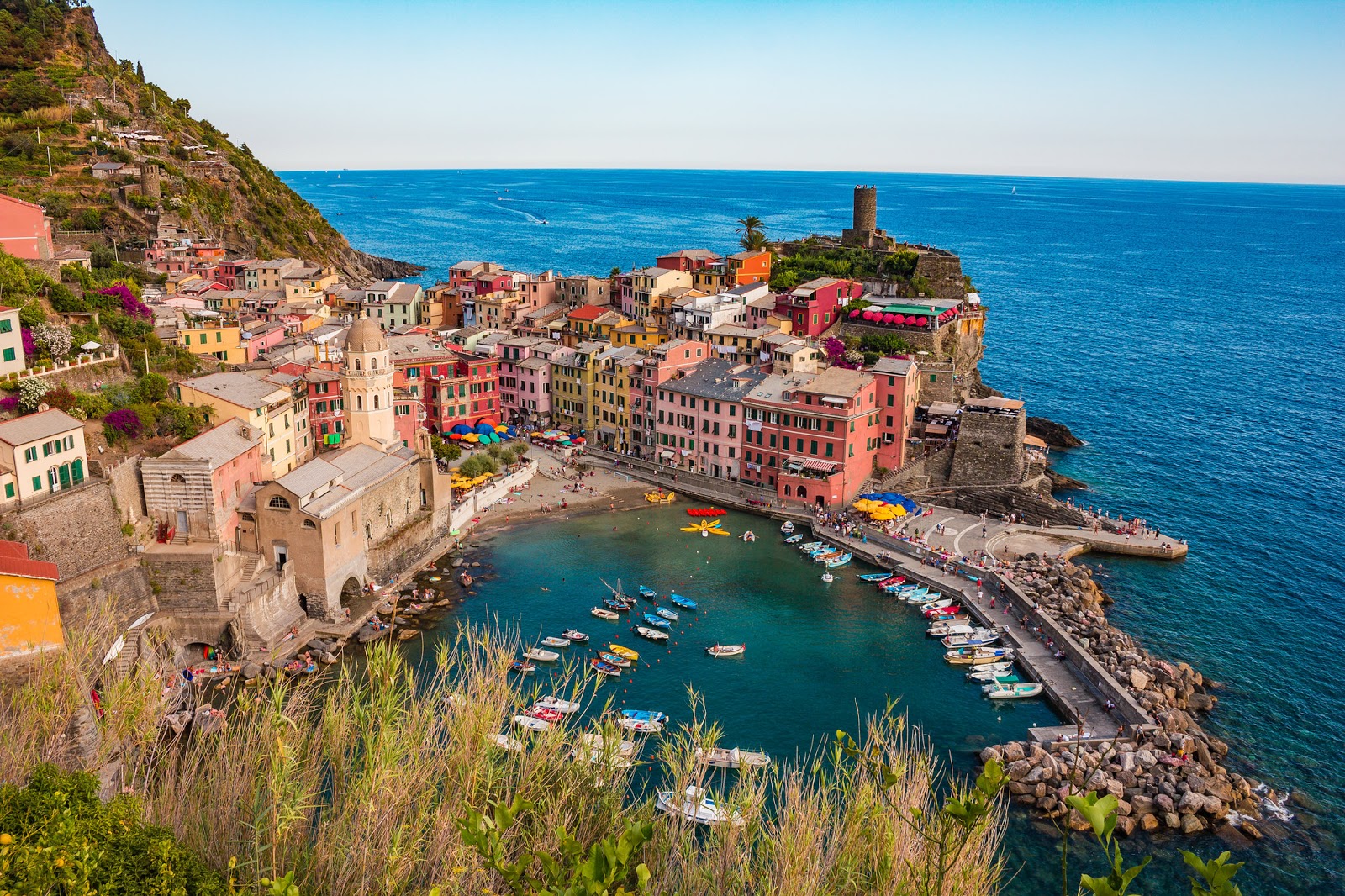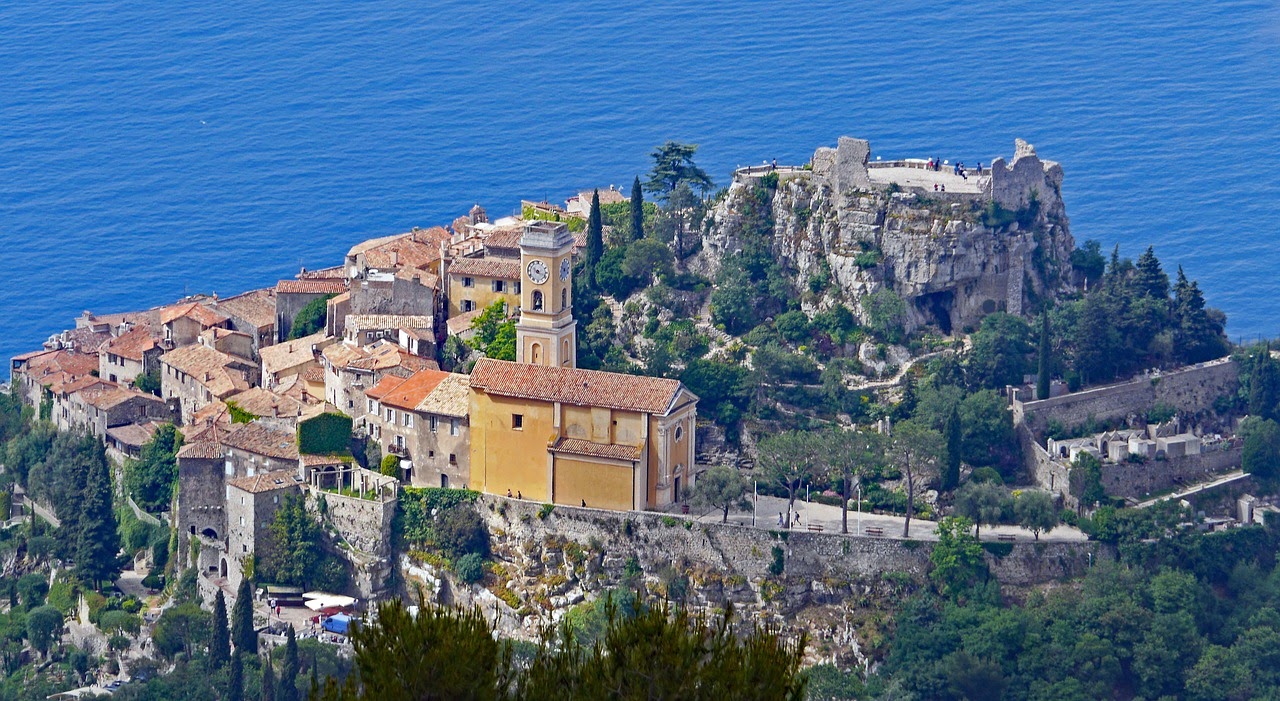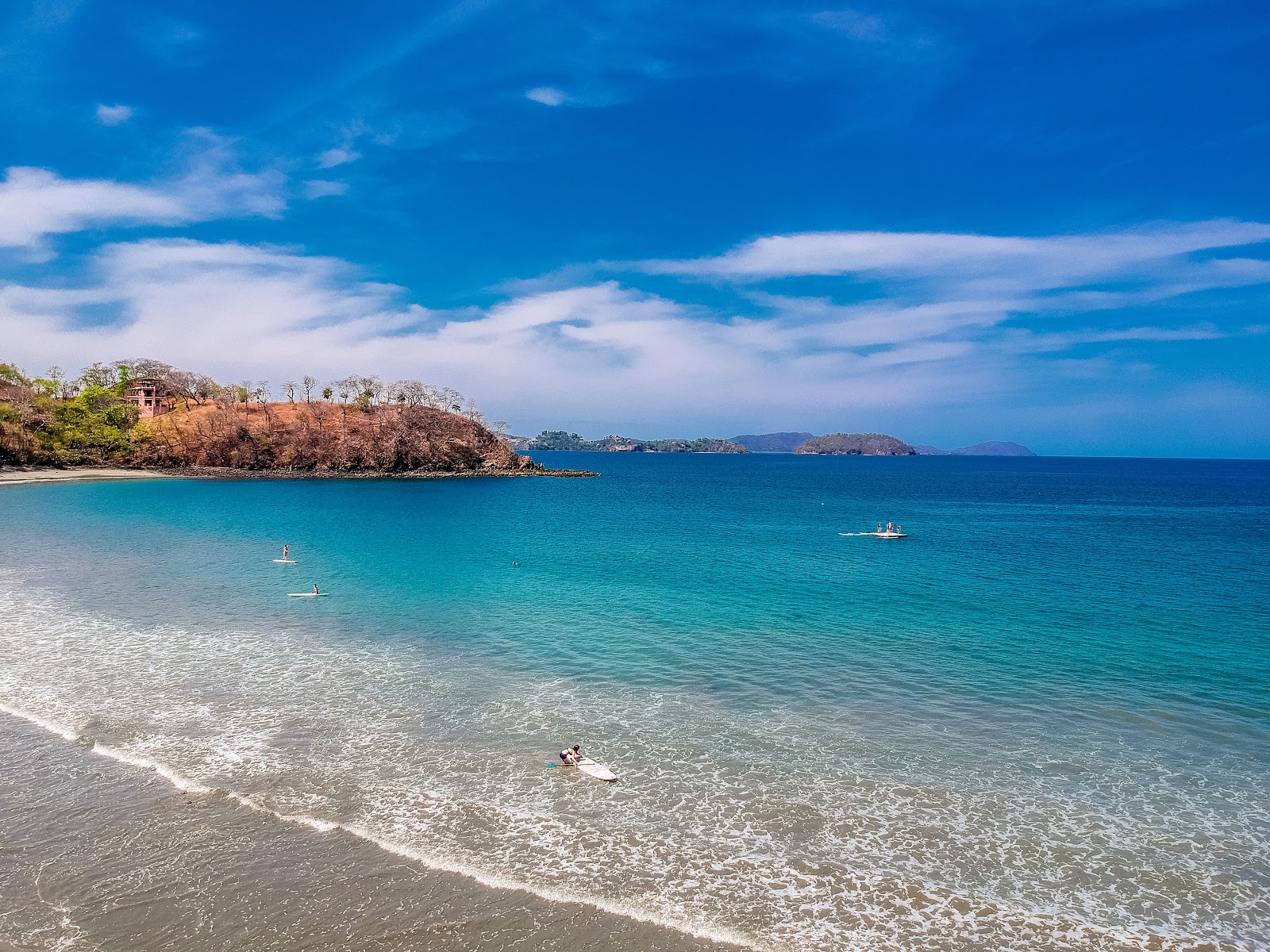Contributions to Coastal Urbanism in Las Catalinas
January 5, 2020
Las Catalinas is a new town in Costa Rica that has used the well-studied techniques and designs that have succeeded in some of the world’s favorite towns and cities like Eze, San Sebastián, Seaside, and many more to create a people-centered place that emphasizes integration with nature and walkability.
Geographically, Las Catalinas sits at the intersection of hills, forest, and ocean in a tropical climate on the coast of Guanacaste, Costa Rica. Each of these environments corresponds to a rich history of urban design and architecture, meaning that town exists as the coming-together of many influences.
Coastal urbanism, for example, encompasses the many towns and cities that have grown next to oceans, lakes, and rivers, and lends quite a few traits to design of Las Catalinas.
Characteristics of Coastal Urbanism
Throughout history, there have been many reasons for people to live next to bodies of water. Rivers and oceans were powerful economic drivers for trade and also supported large populations by providing water, food, and power. Tourism to coastal locations has existed for millennia as well, tracing back at least 2000 years to the Romans.
Historically, in places with water-reliant industries, the economic drivers of the region took precedence and were built close to the water. For example, in port cities, the docks and shipping were on the water by necessity. Next closest to the water were supporting industries and working-class housing nearby, town centers further on, and large residences the furthest away from the industrial sector. This also allowed for the highest-value homes a measure of safety from flooding or storms.

Piraeus Harbor in Athens, where the economic driver (the shipping business) was built first, with supporting industries surrounding, and residences further from the water | PC: Commons
Towns that were less dependent on a single economic driver, like tourist and vacation destinations, smaller coastal villages, and areas lacking a large port or river to support wide-scale trade, developed differently. Without the presence of a large industrial sector, proximity to the water became far more desirable, resulting in residences being built much closer to the waterfront.

Cinque Terre in Italy, where the lack of a major industrial sector meant that homes could be built right on the sea | PC: Commons
However, whether driven by a single industry or drawing from many, there are two traits that unite almost all coastal towns, old and new. They have a higher urban and population density, created by the inherent value to both businesses and residences closer to the water. Since there is limited waterfront and near-waterfront property, it’s natural to build these towns more densely, to maximize the availability of desirable homes and businesses.
Las Catalinas draws from the influences of more human-centric coastal towns, to focus on creating a place that is, first and foremost, worthwhile to live in.
Coastal Urbanism in Las Catalinas
Among its many influences, Las Catalinas has followed learned from old coastal towns in Europe and in the New World Tropics, like Cinque Terre, Eze, Mykonos, San Sebastián, Havana, and Cartagena, as well as newer coastal towns like Alys Beach and Seaside. There are many lessons to discover from each of these towns, which provide a base of information upon which town planners have innovated in the design of Las Catalinas.

Eze, one of the precedent towns for Las Catalinas, which preserves the views of the ocean throughout | PC: Commons
The preservation of water views is fundamental, especially in a coastal town that is also a hill town, as views of the water provide a natural beauty to all who spend time there, as well as the functional benefit of the ocean breeze. In Las Catalinas, ocean views are taken into consideration from the very beginning of urban planning and maintained throughout the building process, so that everyone in town can share this natural beauty. In places where views of the ocean are not present, fountains add a refreshing presence of water, so that no place in town feels “dry”.

Fountains provide a link to the ocean even in spaces without a direct ocean view, like Plaza Escondida
The high urban density in Las Catalinas also echoes these coastal towns, old and new. Apart from the many benefits of walkability, the urban planning of the homes and flats of town support the right for many people to share in coastal living, which makes town more lively and interesting.
Finally, town’s timeless tropical traditional architecture is constructed using materials that are well-suited to this environment, to adapt to the weather and the water in the air.

From everywhere in Las Catalinas, the ocean is just a few steps away
A New Coastal Town Built with Traditional Knowledge
By building and innovating upon the history of coastal towns, Las Catalinas was able to capture the best parts of life on the coast, with expansive ocean views to discover throughout town, a constant presence of the water, and lively activities for all to share.
